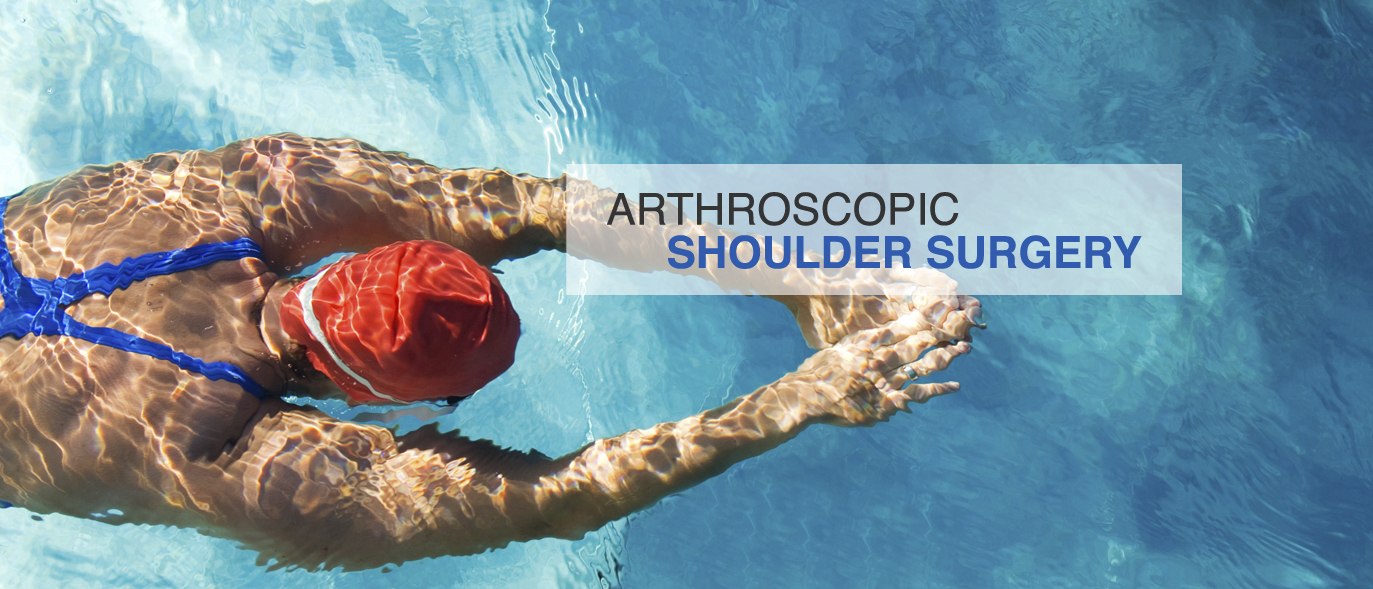Other Sports Related Surgeries
Elbow:
Tendon / Ligament Repair
Tendon repair is a surgical procedure used to repair torn or damaged tendons for patients experiencing pain, swelling and limited function. Tendons are the cord-like structures made of fibrous tissue that help connect muscles to bones. Tendon injuries are common, and most frequently occur in the shoulder, elbow, knee and ankle joints.
Bursectomy
A bursectomy is an orthopedic surgical procedure to remove an inflamed bursa, one of the small sacs at the joints that cushion the tendons, muscles and bones. Bursae normally enable fluid movement, but when overtaxed they can inflame and fill with fluid. Once a bursa becomes irritated, gritty and rough, it can create painful friction in the joint. Bursitis usually results either from repetitive stress or sudden injury and presents with swelling, redness and deep, aching pain.
Loose Body Removal
Elbow arthroscopy is generally used for simple manipulations of the joint, such as fracture care, debridement and removal of loose debris or cartilage. These loose bodies within the joint can cause pain and limited motion. Elbow arthroscopy ensures that patients will recover in the shortest time possible.
Ankle:
Ligament Repair / Reconstruction
An ankle sprain is a common injury that occurs when the ankle is twisted or turned, and results in torn ligaments within the joint. This injury often causes pain, swelling and bruising, and if it does not heal properly, it may lead to chronic ankle instability or repeated ankle sprains. Ankle ligament reconstruction is a procedure commonly performed on patients experiencing chronic ankle instability and repeated ankles sprains. It is effective in repairing torn ligaments, tightening loosened ligaments and improving the overall stability of the joint.
Cartilage Repair
Cartilage is the smooth coating on the end of the bones that provides cushioning and support for comfortable, fluid movement. Cartilage damage occurs as a result of injury or degeneration and can lead to severe pain and arthritis. The cartilage eventually wears away and leaves the bone unprotected. Fortunately, there are now several techniques used to repair damaged cartilage and restore normal movement.
Decompression / Bone Spur Removal
A heel spur is an outgrowth of bone, known as a bone spur or osteophyte, on the heel of the foot. Bone spurs form as the body attempts to repair damage caused by constant physical irritation, pressure or stress, and may form in various regions of the body. They develop in the heel for a variety of reasons. In many cases, the long ligament that runs across the bottom of the foot, called the plantar fascia, gets pulled too tightly and an inflammation known as plantar fasciitis results. As the body tries to repair the damage, a heel spur may form.
Treatments for plantar fasciitis and heel spurs begin with rest, stretching exercises and anti-inflammatory medications, such as ibuprofen, to alleviate pain. Corticosteroid injections at the site may be administered as well. When these conservative methods do not provide relief, heel spurs may necessitate surgery.







